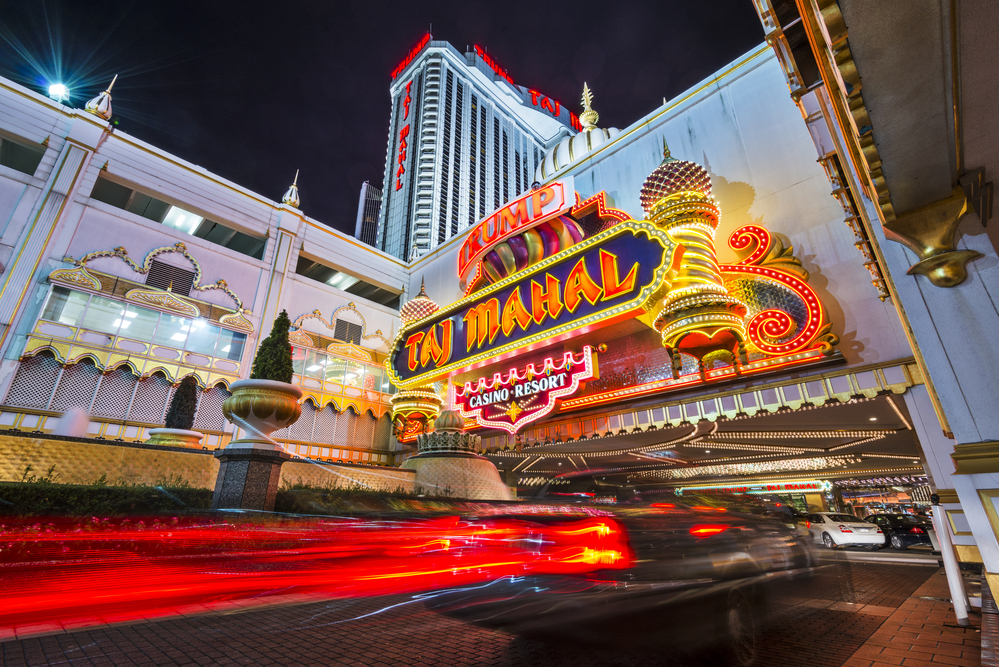As President Trump’s impeachment trial plays out in the U.S. Senate, it’s striking that such a grave situation has resulted from such a trivial cause. By that I don’t mean the allegations against him are trivial, but rather that the gains he allegedly sought from Ukrainian President Volodymyr Zelensky seem meager when compared to the legal and reputational risks he and several of his adjutants appear to have taken.
A Ukrainian announcement of an investigation into dubious conspiracy theories involving the president’s political opponents was unlikely to deliver Trump much political benefit. However, the costs of pursuing that benefit are proving to be steep: history will record him as the third U.S. president to be impeached, the congressional proceedings and other investigations of his administration are revealing embarrassing information about him and his inner circle, and defending against the allegations (in public as well as the Senate) is consuming substantial resources that he and other Republicans could have devoted to the 2020 election cycle. It’s tempting to conclude that President Trump severely miscalculated in his benefit–cost analysis when he decided to get involved in Ukraine.
Yet, he has made similar apparent miscalculations in other matters. Whether Sharpie-gate or tweeting, or short-changing his small contractors, there’s a “C’mon, really?” quality to many of the scandals and embarrassments surrounding Trump’s administration and his business. This even extends to some of his closest advisers, such as Commerce Secretary Wilbur Ross’s swiping Sweet-n-Lo packets and alleged nickel-and-dime financial improprieties.
Behavioral economics suggests these indicate that Trump suffers from pervasive irrationality, heavily discounting long-term costs and benefits when comparing them to immediate and short-term ones. That could explain some of the Trump administration’s policymaking; we can interpret the administration’s approaches to trade, immigration, and foreign and defense policy as being the products questionable comparisons of risks and benefits that play out over short vs. long time horizons.
On the other hand, maybe there’s no irrationality at all.
Before he was President, Donald Trump made his reputation in real estate and in resorts and entertainment. Those business sectors are highly competitive, but the actual differences between competing goods in those sectors are often negligible. It’s not quite the case that “If you’ve seen one Class-A office suite, high-end condo, or luxury resort, you’ve seen ‘em all,” but it’s close.
In such markets, one strategy sellers can use to boost returns is to “burnish the brand”: persuade consumers that your goods are far superior to your competitors, even if there is little true difference. Trump engages heavily in brand strategy, from the trademark gleaming brass and granite of his properties, to claims about the heights of his buildings, to claims of his business success, to the superlatives he routinely uses for his goods and himself (and criticisms of his competitors and opponents). As Andre Agassi used to say, image is everything.
President Trump has simply moved brand strategy—in which he seems to have great talent—to the political arena. He expends considerable resources—and is willing to take great risks—in order to raise his reputation and portray his critics and opponents as inferior, corrupt and devious. Rather than behavioral economics, he is best understood as acting according to public choice, rationally employing his best business strategy to protect and extend his political power. And, because presidents can only serve two terms, his brand strategy time horizon extends no longer than the 2022 election—and perhaps no longer than this November’s election.


READER COMMENTS
Chris
Jan 27 2020 at 4:52pm
This is totally correct. Trump’s past shows a successful career of doing everything possible to win in the short term while getting out before the consequences hit. We see a string of bankruptcies as failure, but Trump does not because each of those was a way to shift the burden of failure onto others, having already reaped the benefits early on.
Beyond the many, many people screwed over by his policies and corruption, the true patsies in this will be the GOP members that intend to be around after Trump’s Shell game falls apart. They will be left with a string of unpopular choices and no way to defend them.
Hazel Meade
Jan 29 2020 at 1:33pm
On the plus side, it may sort of set the stage for some new Republican to emerge and run as “returning the Republican party to it’s principles” or something to that effect. Which could be an opening for that person to just abandon a whole bunch of policies, Trumps, or otherwise, without bothering to defend them. Clean break.
robc
Jan 27 2020 at 4:59pm
It is why Trump was a poor USFL owner. He wasn’t cut out to be a 2nd tier league owner. He was using the USFL to try to force himself in as an NFL owner. And destroyed it in the process.
Thaomas
Jan 27 2020 at 5:32pm
Time will tell whether the high risk strategy represented by Ukraine (it could well have worked and would have damaged what looked like his strongest rival in 2020) is a political mistake or not. Re-election and retaining the Senate do not require a popular majority.
A much clearer mistake was not seeing how his actions during the Presidency (unpopular but energizing for his base) would harm the value of his real estate properties, notwithstanding the opportunities for petty corruption. He would have been financial better off if he had divested everything with the Trump brand before taking office.
Comments are closed.